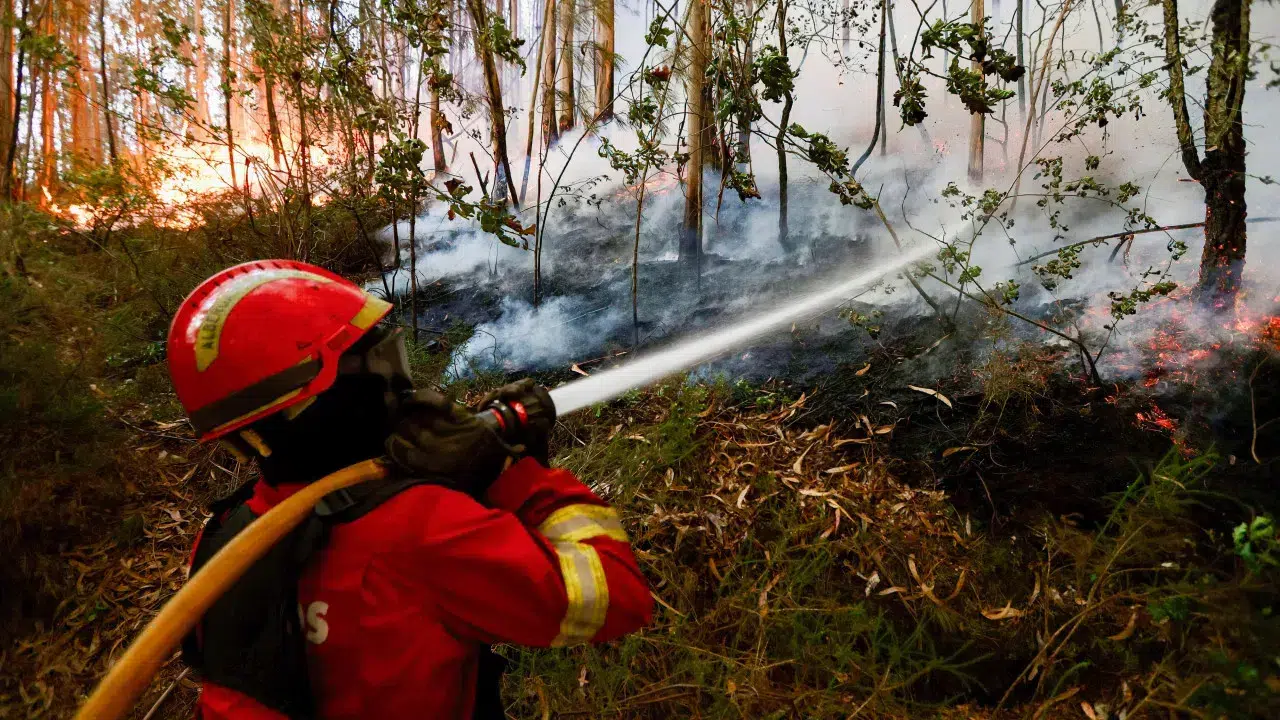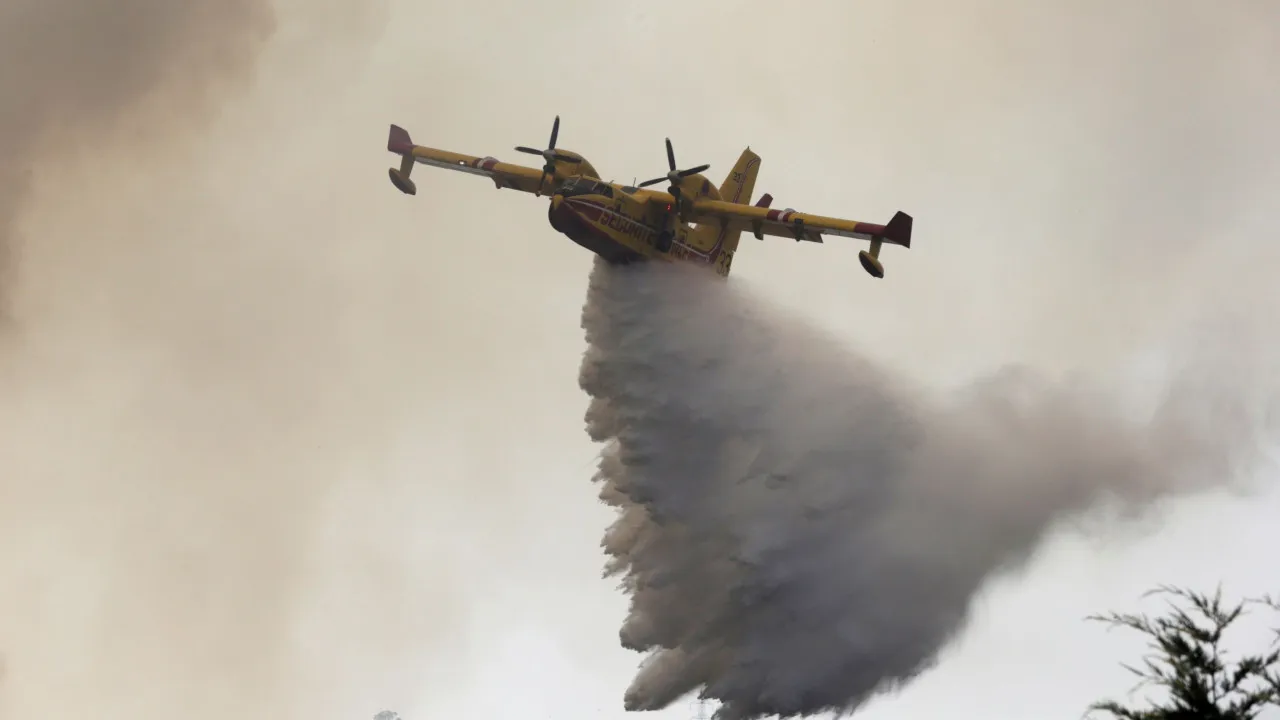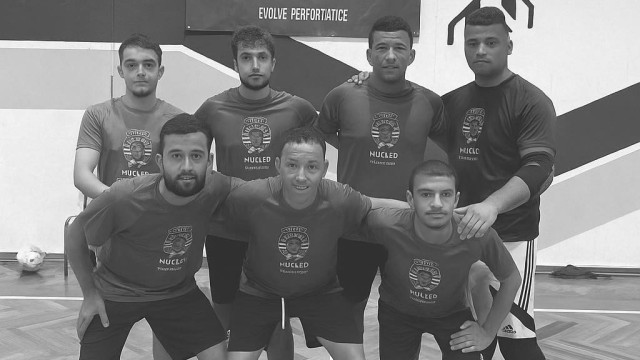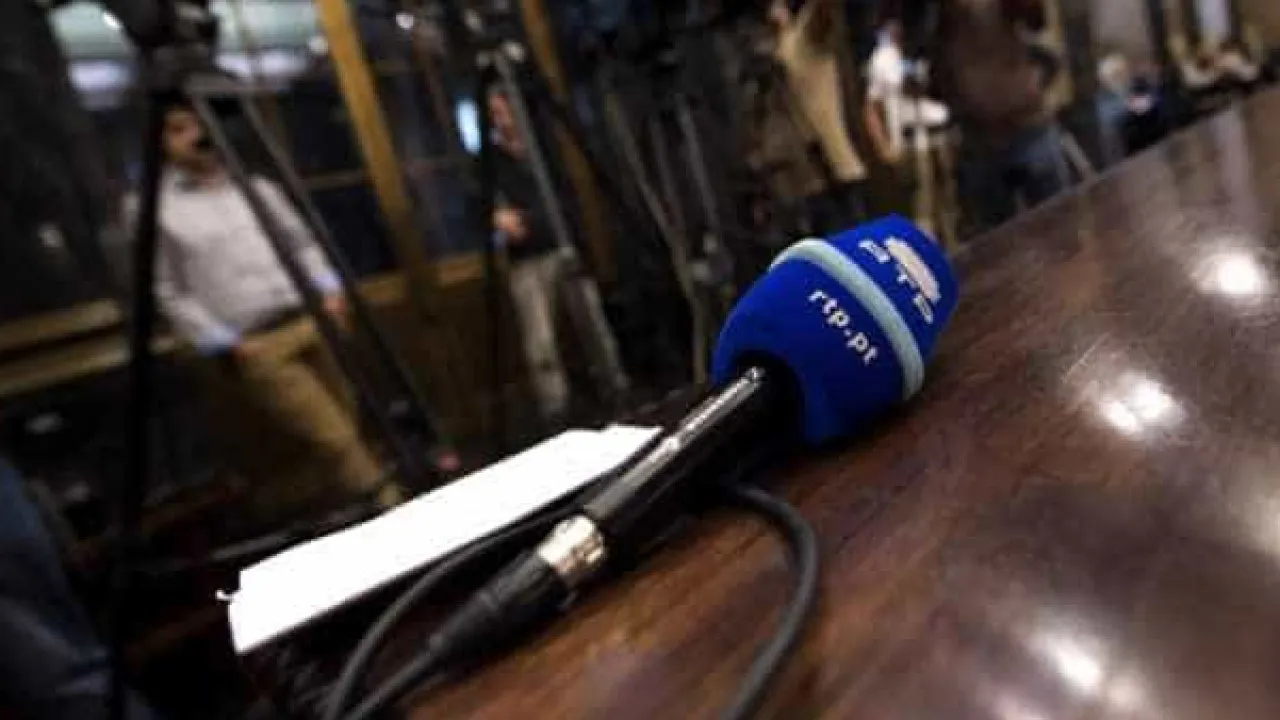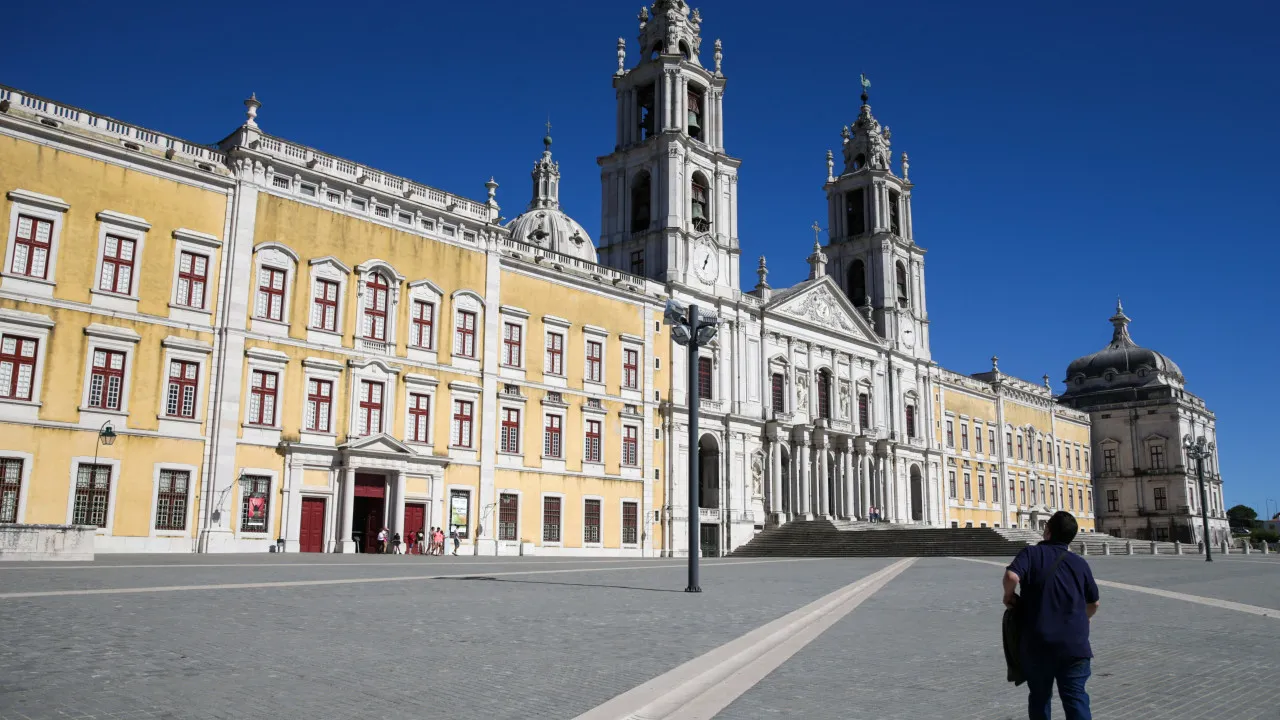
The project is part of a program for the renovation and enhancement of the Sala das Descobertas at the National Palace of Mafra, whose first phase was completed in July with the restoration of mural paintings on the maritime expansion of the 15th and 16th centuries, according to the monument’s director, Sérgio Gorjão.
In addition to the now-restored ceiling and wall paintings by the Portuguese artist and architect Cirilo Volkmar Machado (1748-1823), the room still contains captions for the paintings that the artist commissioned from five painters. These will now be replaced by new canvases that “echo the room’s dominant theme through a critical and creative contemporary perspective,” explained the official via email.
The Sala das Descobertas at the National Palace of Mafra was the focus of a pictorial program initiated in 1795 but was interrupted with the royal family’s departure to Brazil in 1807 due to the Napoleonic invasions of Portugal.
Dated to 1798, the ceiling painting is one of the first depictions of Portuguese history inspired by the work of Luís de Camões, highlighting figures such as Vasco da Gama defeating Adamastor, Pedro Álvares Cabral arriving in Brazil, Christopher Columbus, and the Infante D. Henrique.
Originally, the room was decorated with paintings by various painters, including Vieira Portuense, Domingos Sequeira, José da Cunha Taborda, Bartolomeu António Calisto, and Arcângelo Fosquini, commissioned by Cirilo Volkmar Machado. These were taken to Brazil and have since been considered lost.
“On the wainscoting, below the canvases, there are identifications of the painters, the year they completed their work, the theme, and the historical-literary source that inspired them,” noted Sérgio Gorjão.
On the artistic challenge of creating works in a historical context in a monument like this — UNESCO’s World Cultural Heritage since 2019 — Rui Macedo expressed his acceptance of the invitation with “enthusiasm” and a sense of “great responsibility.”
“I like these challenges that seek to create direct dialogues between distant historical times, where contemporary art is rarely the medium used to stimulate a relationship between historical heritage and contemporary artistic thought,” he stated in response to emailed questions.
Rui Macedo’s artistic practice mainly focuses on similar projects, exclusively using painting installed in museological spaces, seeking a dialogue with tangible and intangible heritage. This includes interventions already made at the National Museum of Contemporary Art in Lisbon, the Museum of the Republic in Rio de Janeiro, Brazil, and the National Museum of Decorative Arts in Madrid, Spain.
“As I have researched what is known about the lost paintings — only a general work artistic program proposed by the Portuguese painter and architect Cyrilo Volkmar Machado to the painters, besides himself — it has been challenging and demanding to find pertinent pictorial solutions that, simultaneously, integrate and ideally promote a challenging reading of the room’s theme,” described the artist about the process.
Macedo studied the artistic program proposed by Cyrilo de Volkmar Machado at the time for the creation of six large paintings based on six texts about different moments of Vasco da Gama’s inaugural expedition to India and the consequent Portuguese presence in the East.
Since it is a room that alludes to mythology and to moments in Portuguese History during the maritime expansion era, “it becomes pertinent to make a rereading that metaphorically echoes issues arising from these theme crossings, such as vulnerability and power, traditional stories and knowledge, identities, miscegenation, or even the (in)definition of cultural and geographical boundaries,” noted Rui Macedo about the project to be carried out in the 18th-century Baroque monument commissioned by King João V.
Part of the research process — in the form of an artistic residency — has been conducted in partnership with curator Inês Valle, focusing the research “on projects that challenge the boundaries between the northern and southern hemispheres, promoting a rethinking of the art object as a result of stories impacting the territory,” noted the report.
The result of this process will be the creation and subsequent installation of large-scale ‘site-specific’ paintings, taking the place of the works lost in the 18th century. According to the monument’s director, this project “pays homage to the work of Luís de Camões in the year celebrating the fifth centenary of his birth, restoring the splendor of an artistic ensemble inspired by his epic.”
The total estimated investment is 100,000 euros, of which 60,000 euros are from Millennium bcp Foundation sponsorship, and the remaining 40,000 supported by Portugal’s Museums and Monuments, through a protocol signed in 2024.

